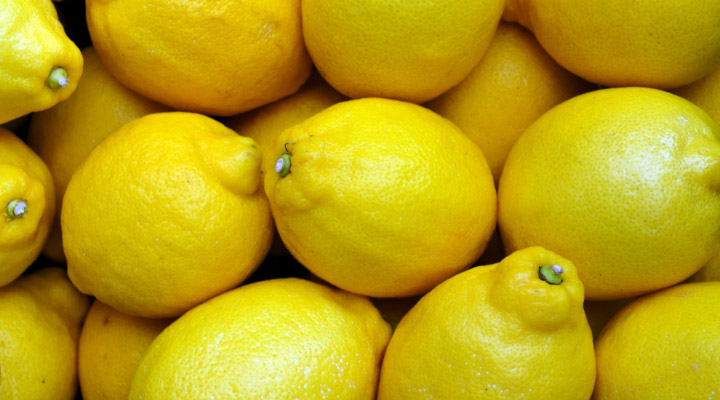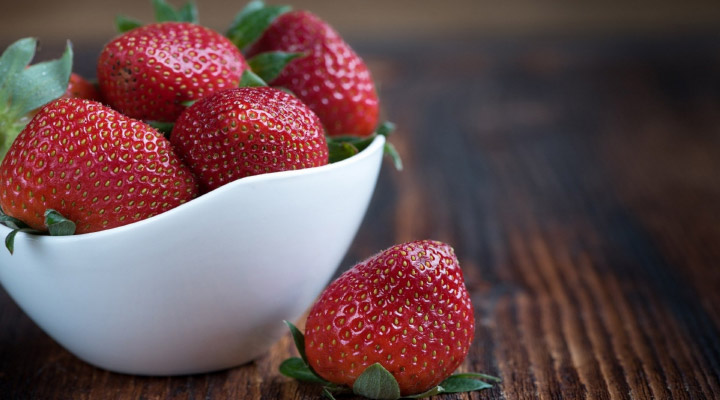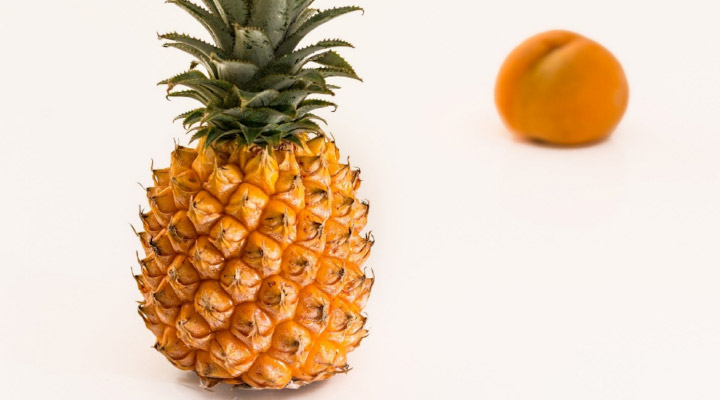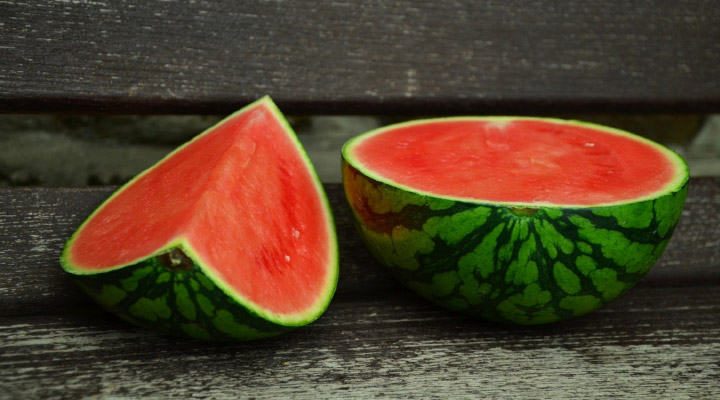Fruits and their juices are an essential part of human life. No matter where we live, we do require fruits to consume. Have you ever thought that despite being a healthy diet, fruits can also help you to learn long-term French vocabulary? Learning fruits in French can surely make your visit to a French-speaking country less challenging.
French people value good and healthy food. You need to know the fruits in French so that you can easily ask for your desired fruit when you visit the market. No matter if it is a glass of fresh-squeezed jus d’orange (orange juice) in the morning, des raisins (grapes) with lunch or une tarte aux pommes (apple tart) for dessert, knowing the fruit names is essential.
Here, we will explore some of the common and delicious fruit names in French so that the next time you can place your order effortlessly. These names will help you talk about fruit in drinks and food as well.
Common fruits in French
Un abricot (An apricot)

Une banane (A banana)

Une cerise (A cherry)

Un citron (A lemon)

Une fraise (A strawberry)

Une framboise (A raspberry)

Une orange (An orange)

Une pêche (A peach)

Une poire (A pear)

Une pomme (An apple)

Un raisin (A grape)

The French word to use for a raisin is un raisin sec, which literally means “a dry grape.”
Une tomate (A tomato)

Tomato is included because, whether fruit or vegetable, it is widely used in French cuisine and is an important word to know.
Adventurous Fruits in French
The common fruits listed above provide a solid foundation, but if you want to broaden your horizons a bit, these more adventurous fruits will take you to the next level.
Un ananas (A pineapple)

Un avocat (An avocado)

This is a homonym, which means that un avocat, pronounced and spelled the same way, also means “a lawyer.”
Fortunately, the terms “avocado” and “lawyer” are so dissimilar that context should make it clear which definition is intended.
Un kiwi (A kiwi)

Une mangue (A mango)

Une noix de coco (A coconut)

Un pamplemousse (A grapefruit)

Une pastèque (A watermelon)

How to buy fruit in French
You’ll need to go out and buy some fruit now that you must be wanting to eat a juicy pastèque (watermelon) or ananas (pineapple).
There are two main alternatives: a traditional marché en plein air (outdoor market) or le supermarché (the supermarket).
Shopping at an Open-air Market
An outdoor market is comparable to a “farmer’s market” in the United States. Fresh fruits and vegetables are available from a wide range of vendors. There are also stands selling local cheeses, meats, and baked goods.
Because France uses the metric system, fruit is typically sold by kilograms. You may come across une livre, which is the French term for the American unit “pound.”
You can also request a specific number of whole fruits or, in the case of berries, a specific number of barquettes (trays).
Shopping at the market is more intimate than shopping at a large supermarket. You’ll tell the vendor what you want and can ask questions about the merchandise or make special requests (size, ripeness, etc.).
Following are some of the phrases that you can use once you visit open-air market to buy fruits:
- Je voudrais cinq pommes. (I would like five apples.)
- Avez-vous des bananes mûres? (Do you have ripe bananas?)
- Est-ce que les tomates sont bio? (Are the tomatoes organic?)
- Je prendrai deux barquettes de fraises. (I’ll take two trays of strawberries.)
- Je vous dois combien? (How much do I owe you?)
If you are wondering how will you be able to have such a conversation, you can learn French online with italki. Here, the most experienced French teachers will help you build your French vocabulary with some basic French words. Book your lessons with your preferred instructor and start learning today!

Find Your Perfect Teacher
At italki, you can find your French tutor from all qualified and experienced teachers. Now experience the excellent language learning journey!
Book a trial lesson
Shopping at a Supermarket
Larger supermarkets are quite common and certainly convenient these days. There is a product section full of different options, usually priced by kilograms.
As you would in an American grocery store, you will select the fruits you want and place them in a plastic bag. There is, however, a significant distinction. Most large stores expect you to weigh the fruit on one of the digital scales in that section.
The machine will weigh them, tell you how much they are worth and print a label for you to put on the bag so the cashier can scan it at the register.
If your fruit does not have this label, the cashier may direct you to the section again. If that happens to you don’t worry; it’s a common and easily corrected error. You are not the first person to forget or misunderstand the procedure.
Using Fruit in Drinks and Cuisine
Fruit juices
A specific type of juice would be described as le jus de followed by the name of a fruit.
A traditional French breakfast, for example, might include un croissant (a croissant), un café (a coffee), and un jus d’orange (orange juice).
Many cafés serve fresh juices ranging from jus de pomme (apple juice) to the more exotic jus d’ananas (pineapple juice).
Tea added with fruit
You might have heard that le thé means “tea,” which is correct unless you are referring to herbal tea. In English, “tea” refers to almost any beverage made by steeping plants in hot water. The French are more exact.
Thé only refers to the beverage made from the camellia sinensis plant, also known as black tea or green tea. A beverage made by combining hot water with dried herbs or fruits is known as a tisane or an infusion. The two terms can be used interchangeably.
Jam
French bread is delicious, crisp on the outside, and soft on the inside. It could be enhanced with confiture (jam). Again, de and a fruit type would specify the jam’s contents, as in la confiture de framboise (raspberry jam).
Jam of all kinds is extremely popular in France, demonstrating yet another aspect of the French obsession with fruit. They even have a jam-themed cookbook.
Fruit-flavored food
Many foods have the flavor au (a combination of à and le), à la, and aux (a combination of à and les). Each of these literally means “to the,” but when combined with fruit or flavor, such as Chocolat (chocolate), the phrase expresses how the food tastes.
This highly adaptable structure is found in a variety of foods, particularly sweets. So, what is it going to be? Strawberry ice cream, Berry Tarte, or coconut macaron?
Now, we assume that you are capable to order food in French, particularly the dishes that include fruits. Learning these fruits in French will give you the confidence to ask for your desired fruit in public. Immerse yourself in this guide to learn some of the most delicious fruits and their names that we have discussed so far.
Conclusion
You can also learn French by podcasts, it is an effective strategy to observe, understand and learn the accents of native French speakers. In fact, there are several podcasts related to food and cuisines. They will help you improve your French vocabulary and will also help you in structuring your sentences.
We recommend you make flashcards for these fruit names in French so that you can go through them again and again until you memorize them and be able to visit the supermarket without any flashcards.
Want to learn a language at italki?
Here are the best resources for you!




















